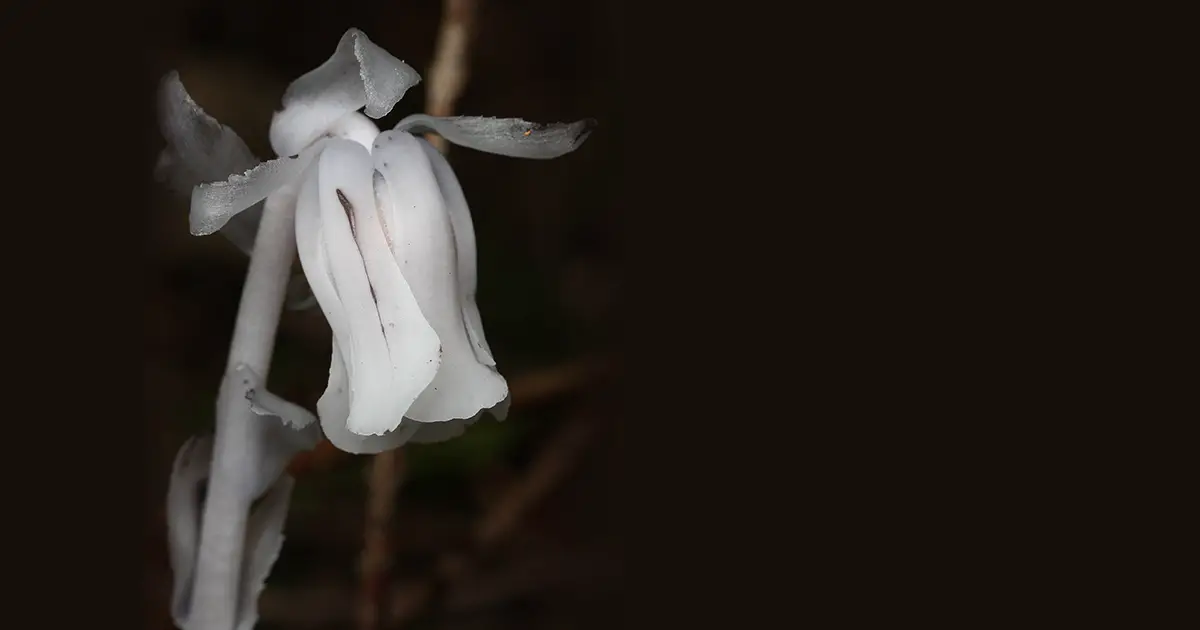The Ghost Pipe: Nature’s Mysterious Chlorophyll-Free Marvel
Introduction
In the shadowy depths of the forest floor, where sunlight struggles to reach, a ghostly plant thrives, defying the conventional rules of nature. The Ghost Pipe, also known as Indian Pipe (Monotropa uniflora), is one of the most intriguing and unusual plants you’ll ever encounter. Unlike most plants, it contains no chlorophyll and doesn’t rely on photosynthesis to survive. This fascinating characteristic allows it to flourish in the darkest parts of the forest, earning its reputation as one of nature’s weird wonders.
The Unique Biology of the Ghost Pipe
The Ghost Pipe’s lack of chlorophyll gives it its signature white, almost translucent appearance. While most plants harness the sun’s energy to create food, the Ghost Pipe takes a different approach. It’s a mycoheterotroph, meaning it derives its nutrients from a symbiotic relationship with fungi. These fungi are connected to the roots of nearby trees, allowing the Ghost Pipe to indirectly extract the nutrients it needs to survive. This parasitic relationship enables the Ghost Pipe to grow in environments where other plants would wither away.

The Dried Ghost Pipe: A Rare and Intriguing Specimen
While the Ghost Pipe is fascinating in its living form, it becomes even more intriguing when it dries. As it matures and dries out, the plant turns from white to a deep brown or black, taking on an entirely different appearance. The dried Ghost Pipe retains its eerie, skeletal structure, making it a prized find for nature enthusiasts and herbalists alike. Traditionally, the dried plant has been used in various medicinal applications, although it’s important to approach such uses with caution, as its properties are potent and not well understood.

The Symbolism and Folklore of the Ghost Pipe
The Ghost Pipe has long captured the imagination of those who encounter it. Its ghostly appearance and mysterious nature have led to various symbolic meanings and folklore. In some cultures, it’s seen as a symbol of peace and tranquility, while others associate it with the spirit world due to its spectral look. The plant’s ability to thrive in darkness has also made it a symbol of resilience and adaptability, embodying the idea that life can persist even in the most unlikely conditions.
Conclusion
The Ghost Pipe is a true marvel of nature, standing out not only for its unique biology but also for its ethereal beauty. Whether encountered in its living, ghostly white form or as a dried, skeletal specimen, the Ghost Pipe continues to fascinate and inspire those who come across it. As one of nature’s most mysterious plants, it serves as a reminder of the incredible diversity and adaptability of life on Earth.
This blog post is designed to capture the intrigue and beauty of the Ghost Pipe plant, with images strategically placed to enhance the narrative and provide a visual connection to the text.






